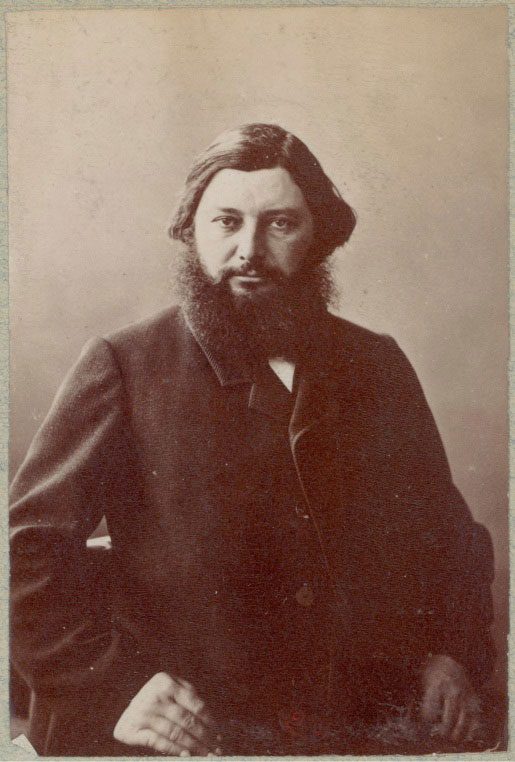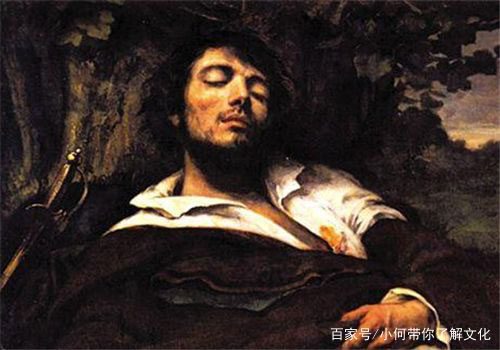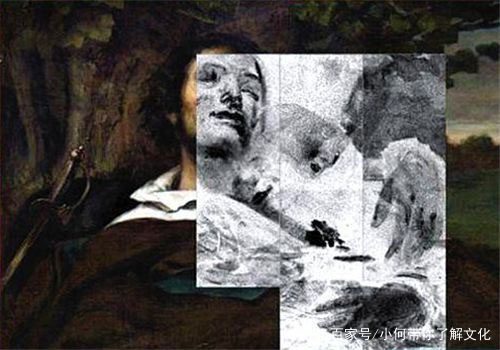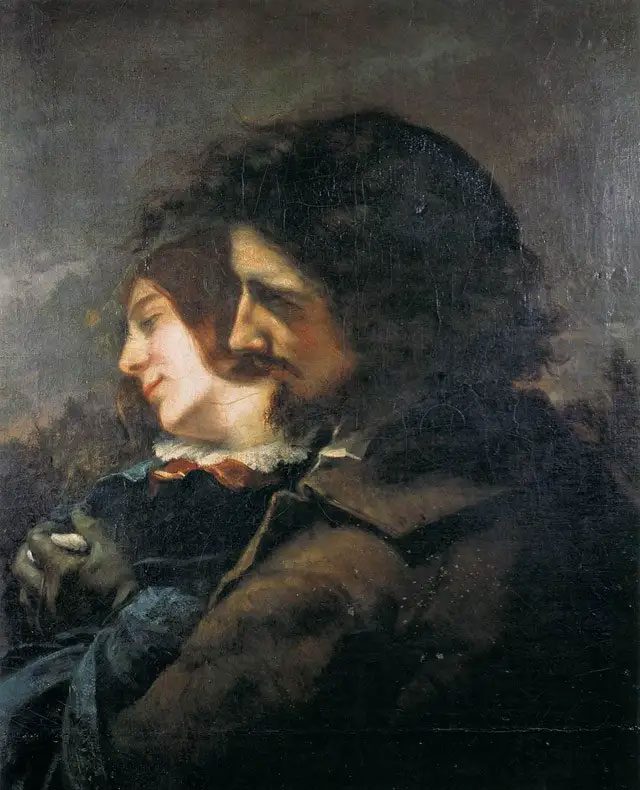The boldest painter in France has kept a secret hidden behind his self-portrait “The Wounded Man.”
The Wounded Man
Jean Désiré Gustave Courbet (1819 – 1877) was a renowned French painter, a pioneering figure of realism. Born in southern France, he moved to Paris to pursue a new aesthetic vision. For Courbet, “Painting is fundamentally a specific art, and it must be used to express real and existing objects.”
The name Gustave Courbet is associated with audacious works, the most notable being “The Origin of the World,” which depicts a nude woman clearly showing her female anatomy, currently displayed at the Orsay Museum in Paris.

Portrait of artist Gustave Courbet. (Image: Wikipedia)
Also on display at this museum is the work “The Wounded Man,” a prominent piece by Courbet. This oil painting measures 97.5 cm in length and 81.5 cm in width, and it is a self-portrait of the artist himself.
The man in the painting possesses a strikingly handsome and brooding European look, leaning against a tree with his eyes closed, as if he is merely resting, yet his chest is soaked in blood. To his left lies a sword, indicating he is caught in a fierce battle.

The painting “The Wounded Man” by Gustave Courbet. (Image: Baijiahao)
Injured severely, he is unable to move, lying still beneath the tree. Despite the painting’s “bombardment and gunfire” context, viewers oddly perceive an unusual tranquility; some even claim the man looks like an angel!
The painting is masterfully rendered in oil, with a somewhat dark and somber palette, yet it exudes a mysterious allure. This has piqued the curiosity of viewers, particularly art experts, over the years.
When researchers examined Courbet’s painting, they took X-rays and discovered another version hidden beneath the familiar “surface” known to visitors at the Orsay Museum. It turns out that the sentiment behind “The Wounded Man” has been concealed by the artist for over 160 years.
The Secret of Gustave Courbet
The painting “The Wounded Man” that everyone sees has actually been modified by the French artist from its original version. In fact, from the enlarged X-ray image, we can see that this handsome man is embracing a beautiful girl with a smile on her lips, suggesting they are immersed in a passionate love.
The question posed by experts is why the artist chose to erase the image of this woman?

Detail of the woman in the man’s embrace revealed by X-ray. (Image: Baijiahao)
Those who admire Courbet’s paintings have likely seen this girl appear in other works of his, depicted with a graceful and alluring figure.
Based on records of this famous French painter’s life, it is known that he was deeply in love with a woman, and their sweet romance was infused into his paintings, most famously represented in “The Happy Lovers.”

Another painting titled “The Happy Lovers” by Gustave Courbet. (Image: Baijiahao)
Thus, the reason he erased the image of the woman, leaving only the solitary injured man in the painting, may stem from the heartbreak of a sweet romance. Could it be that the wound on the man’s chest symbolizes not only the scars of war but also the artist’s emotional wounds?
Of course, this reason is merely speculation by experts, as no one can be certain about this relationship! However, the detail of the woman in the arms of the man in Gustave Courbet’s famous painting is undoubtedly a fascinating discovery for viewers.





















































